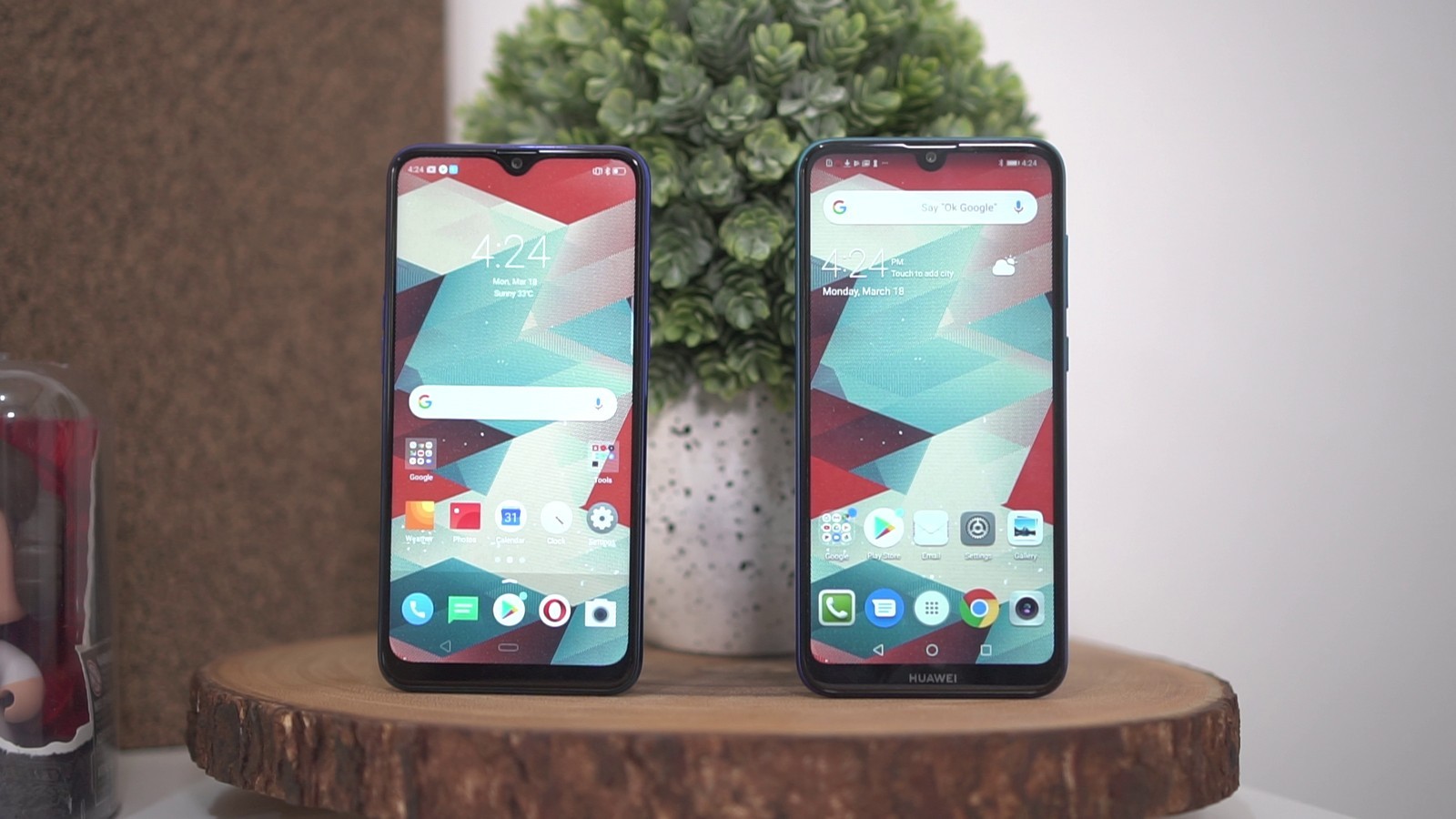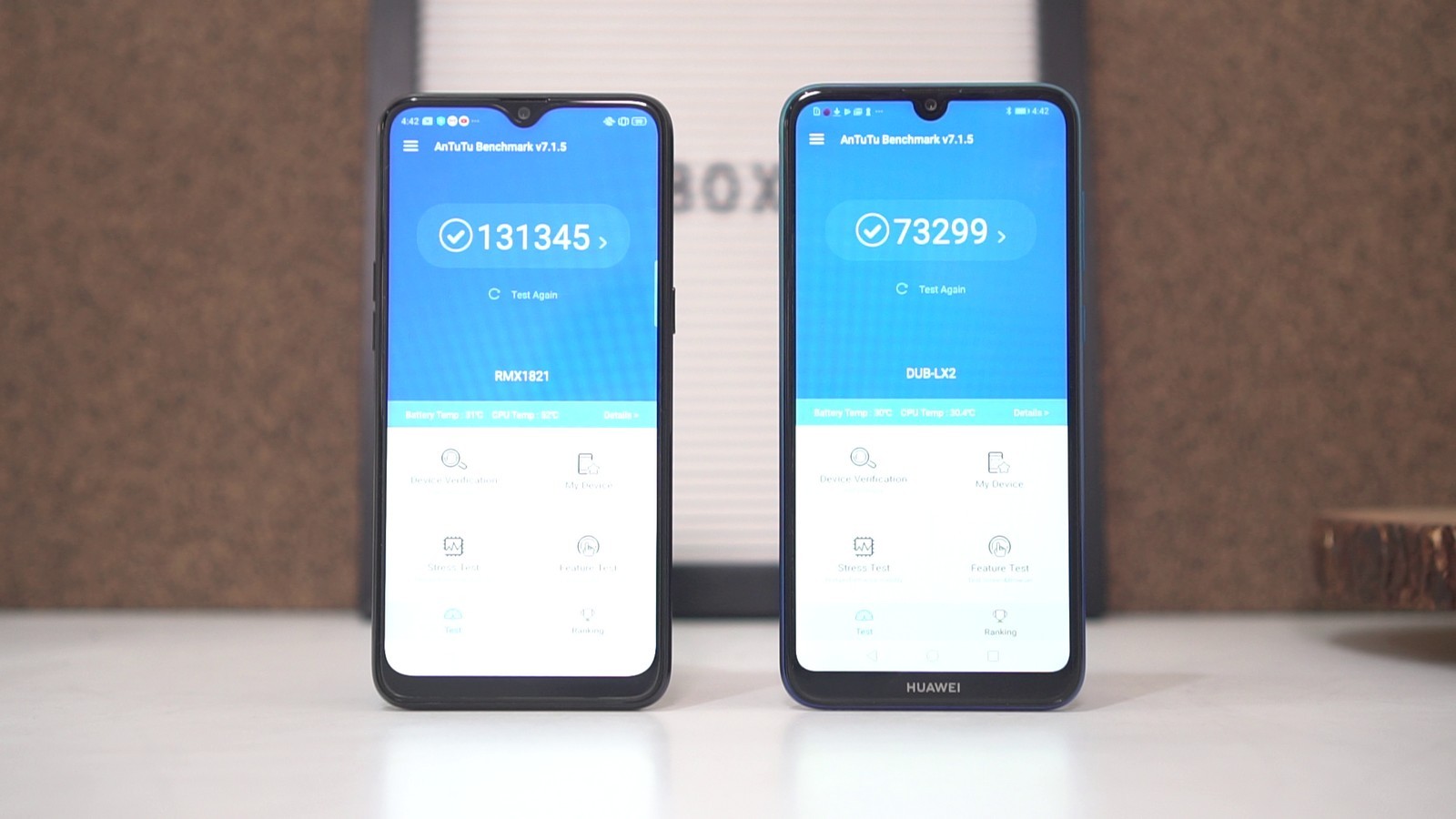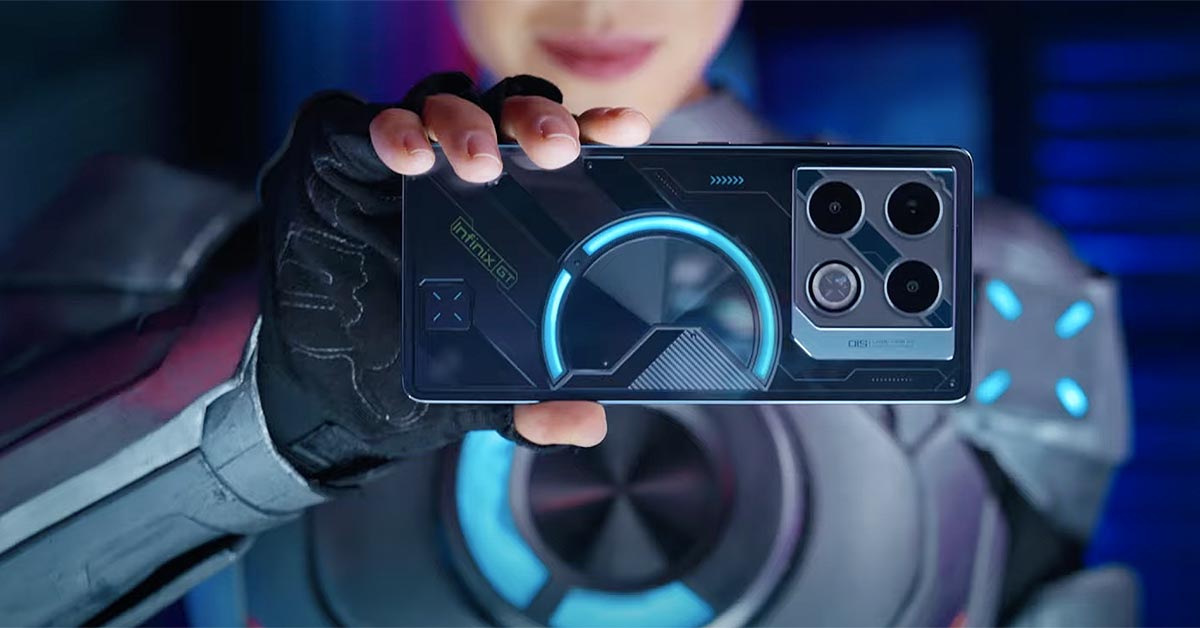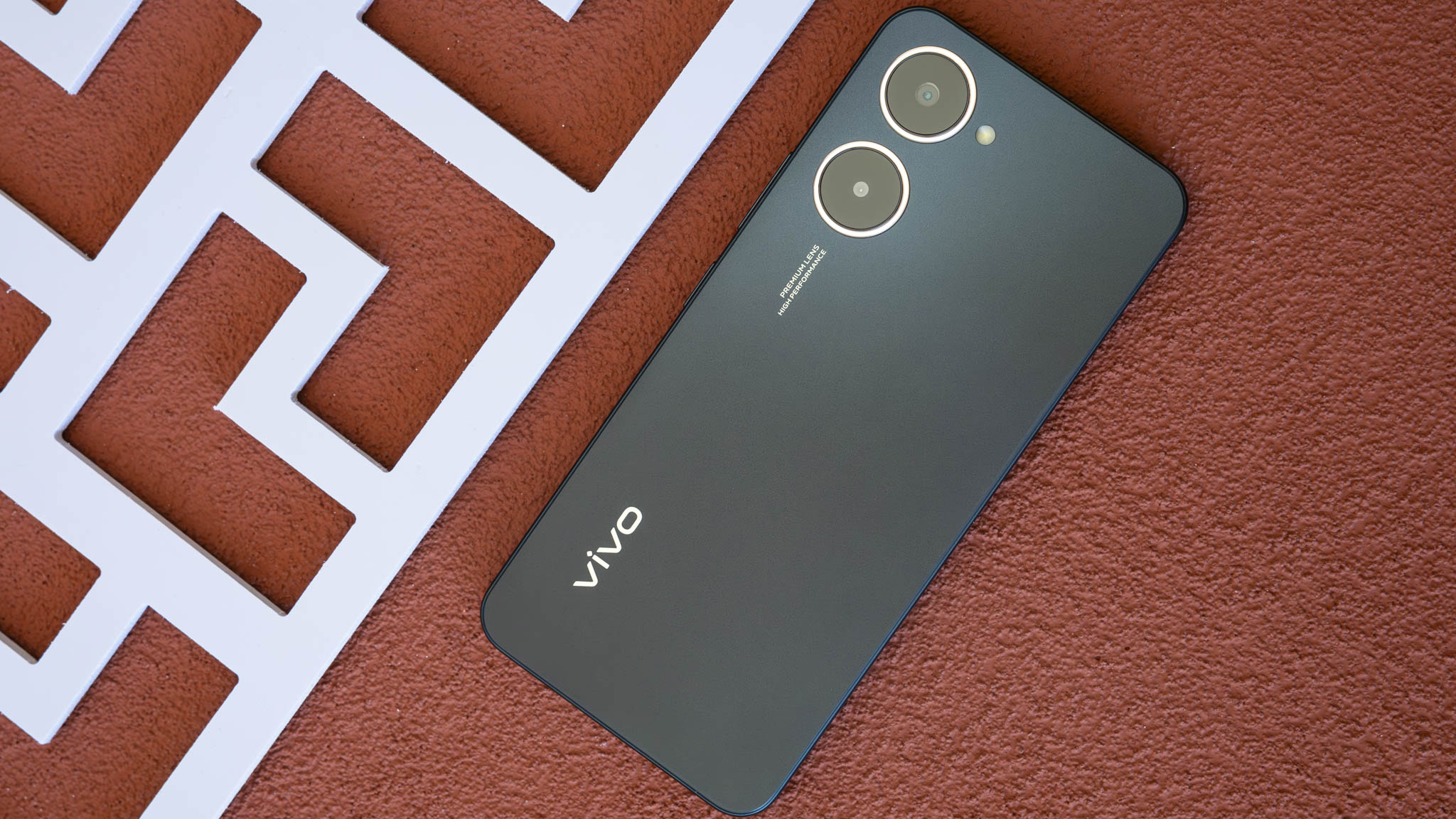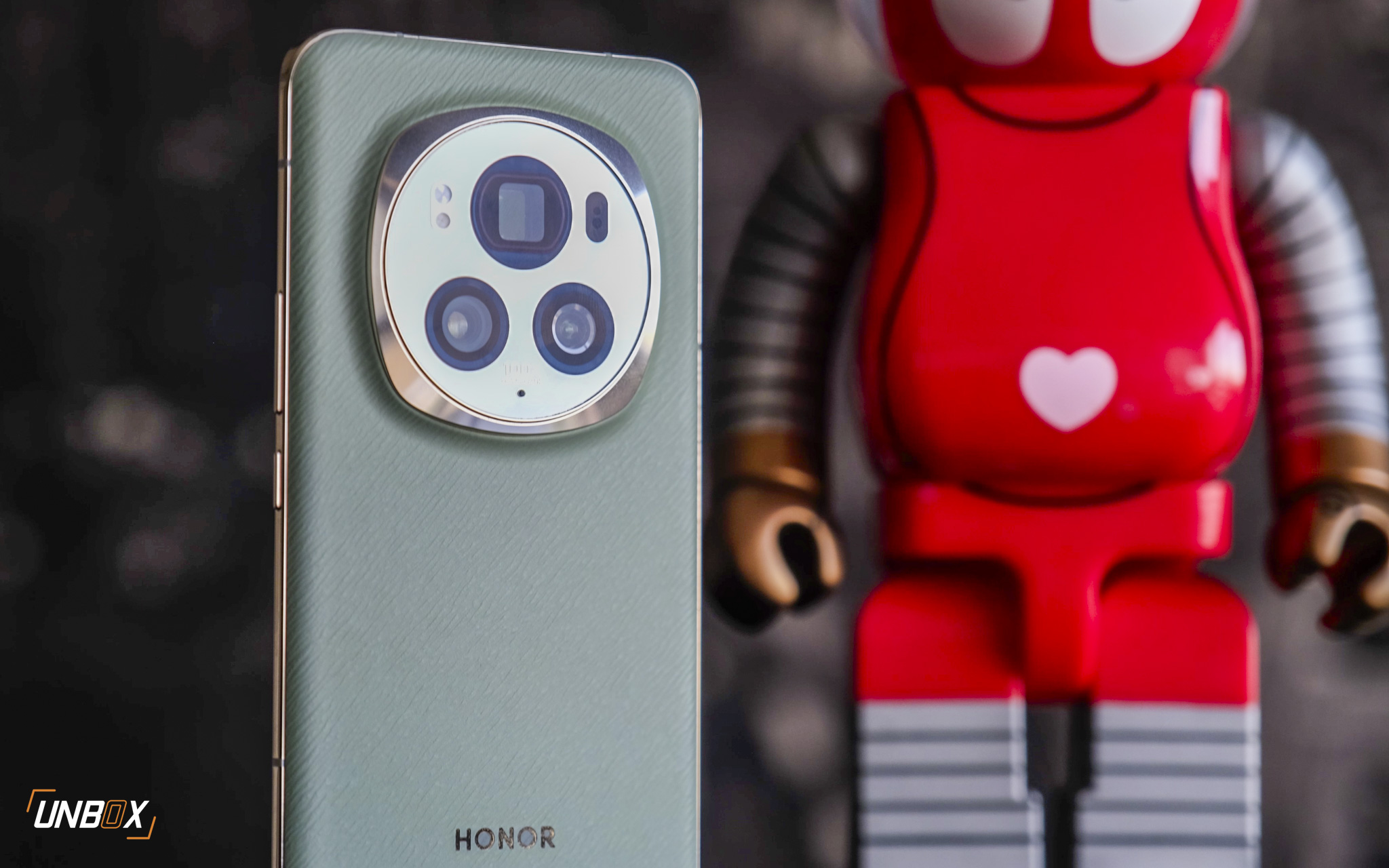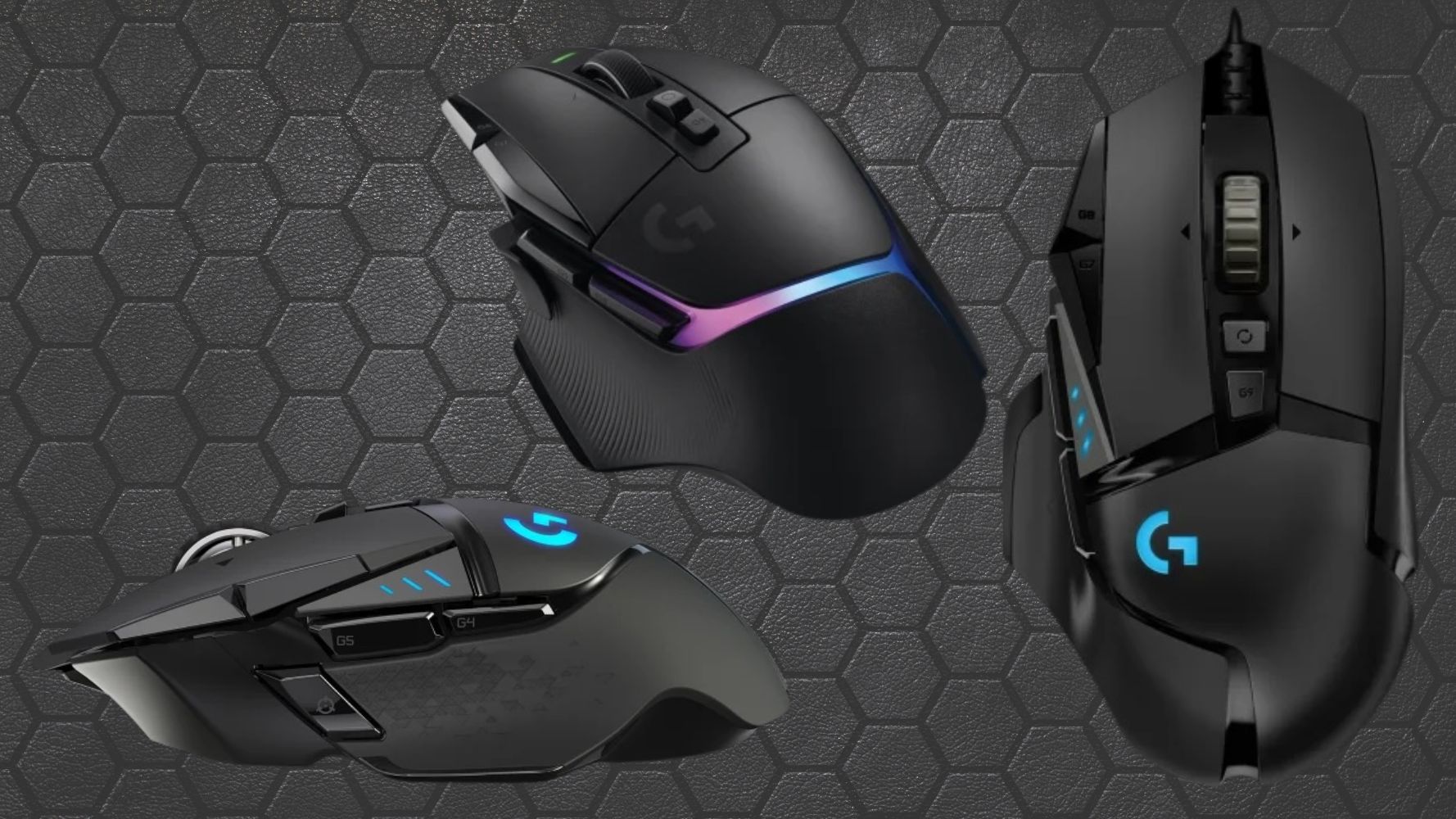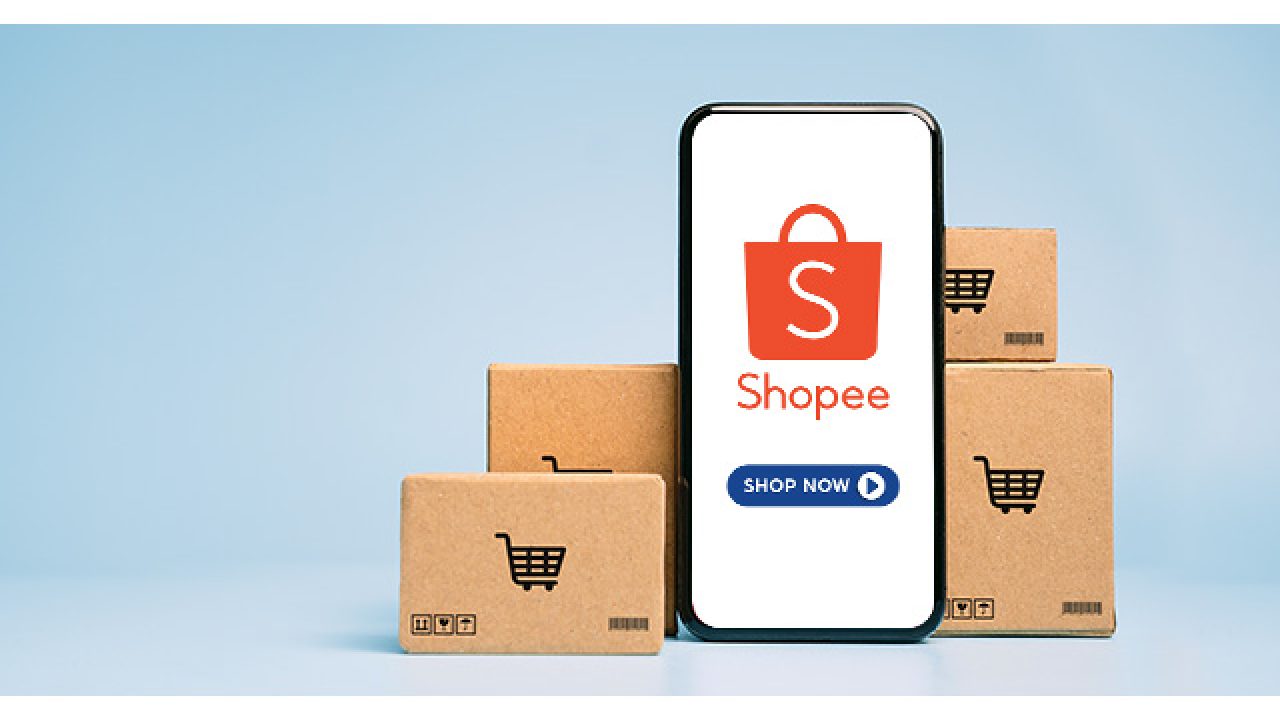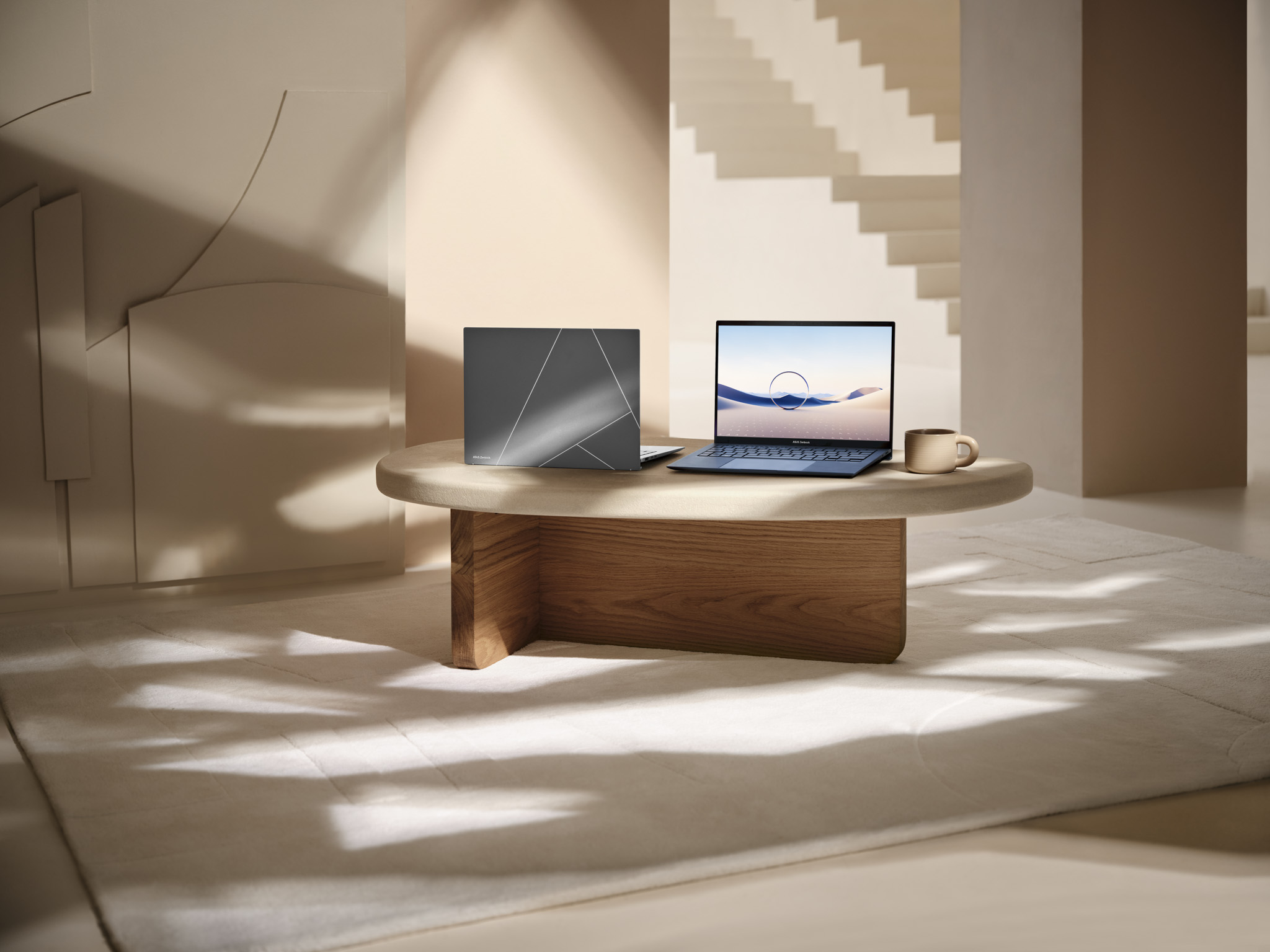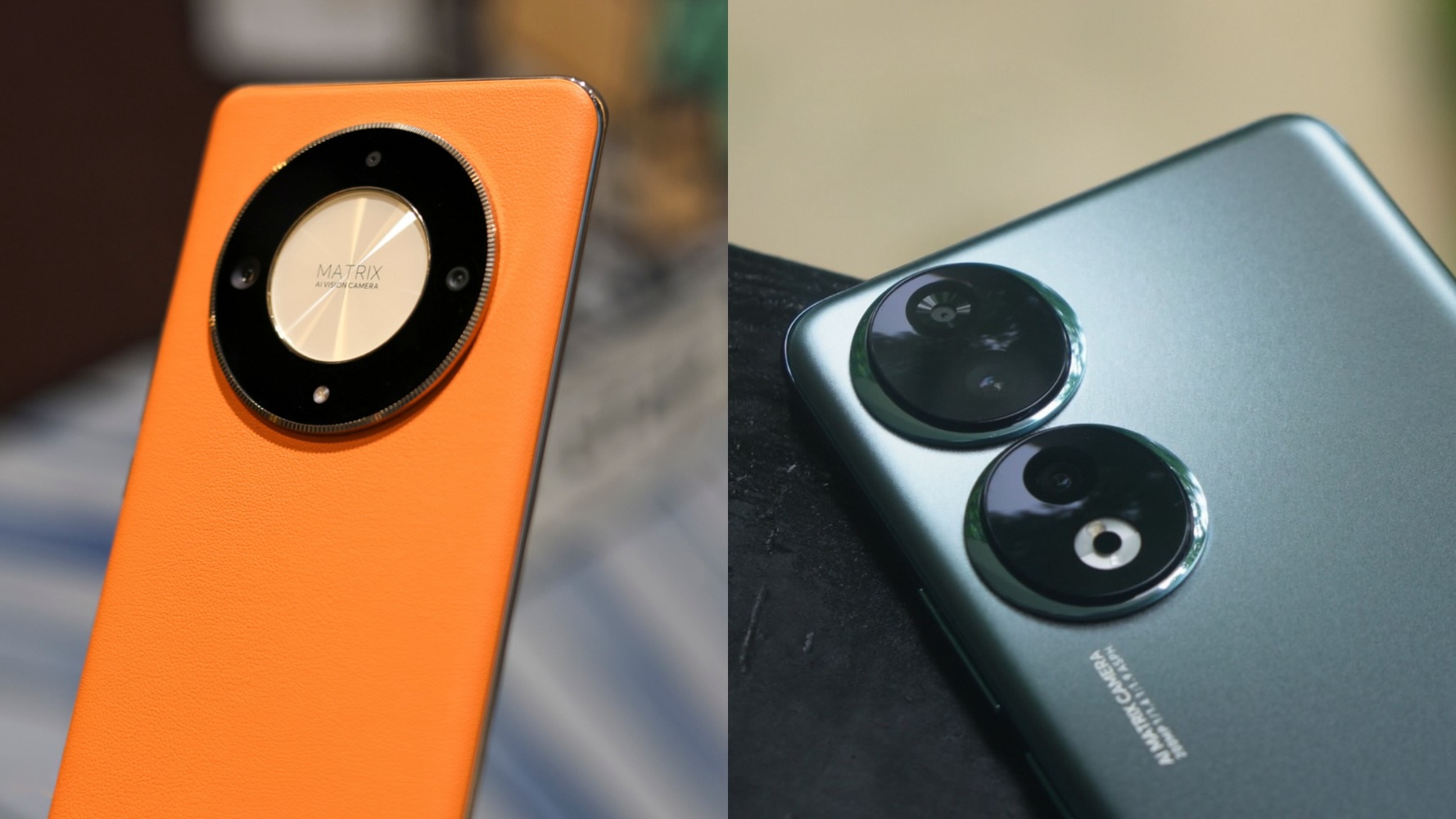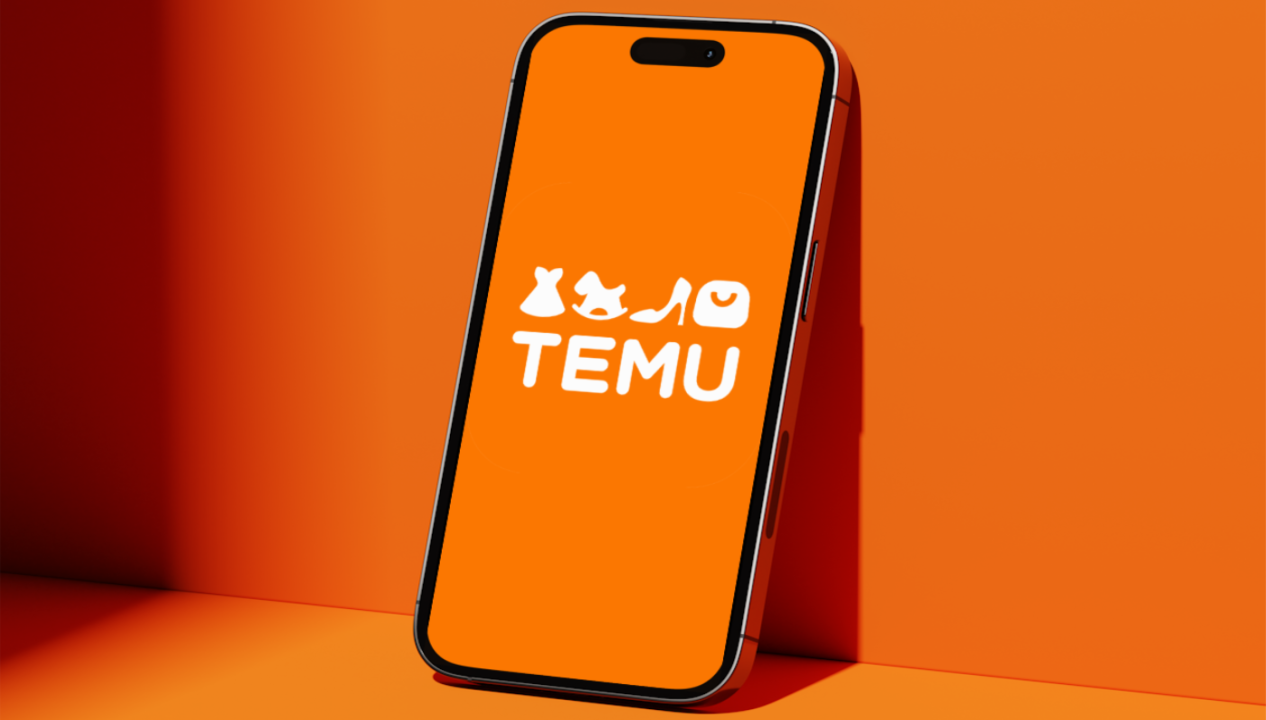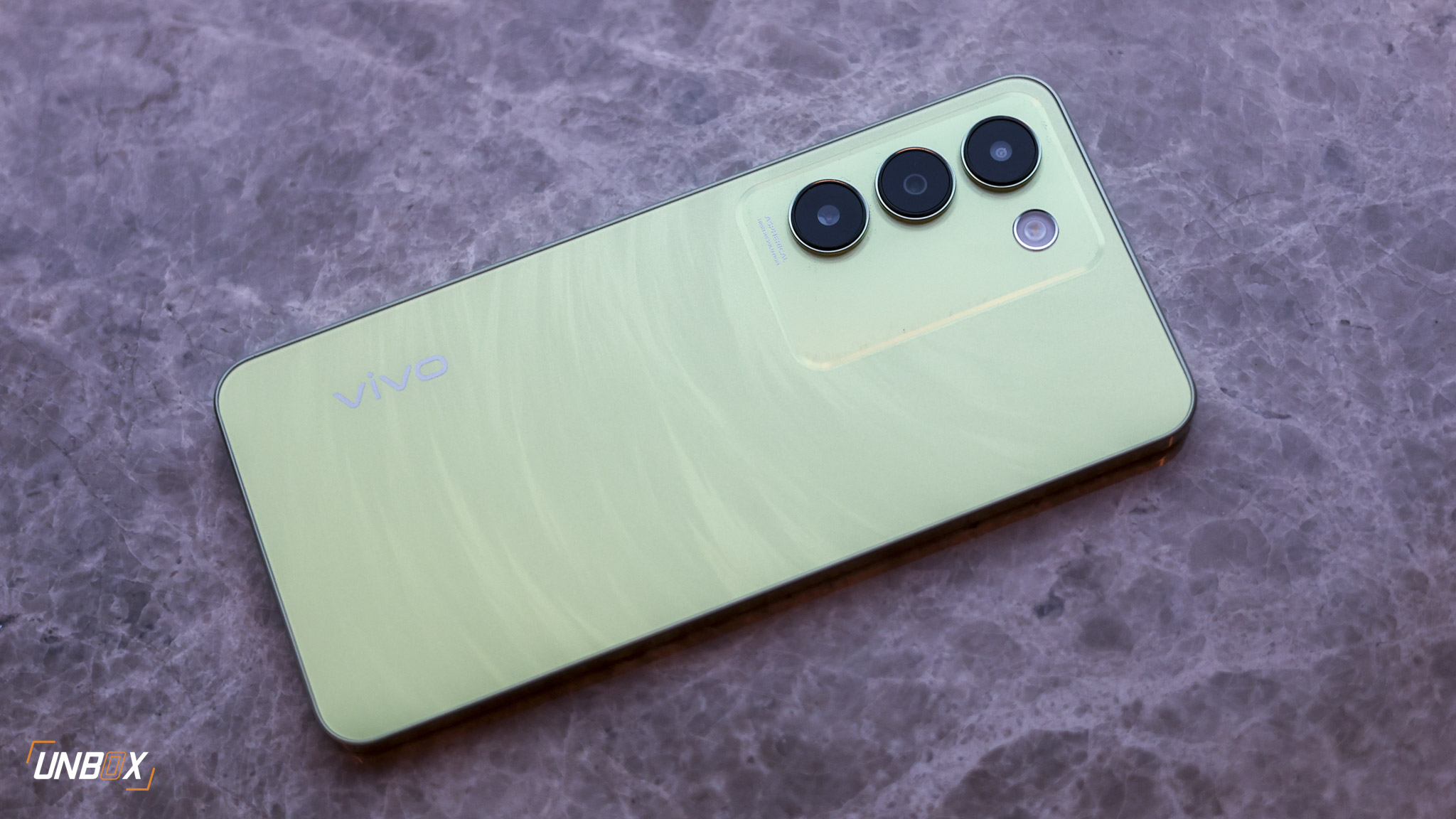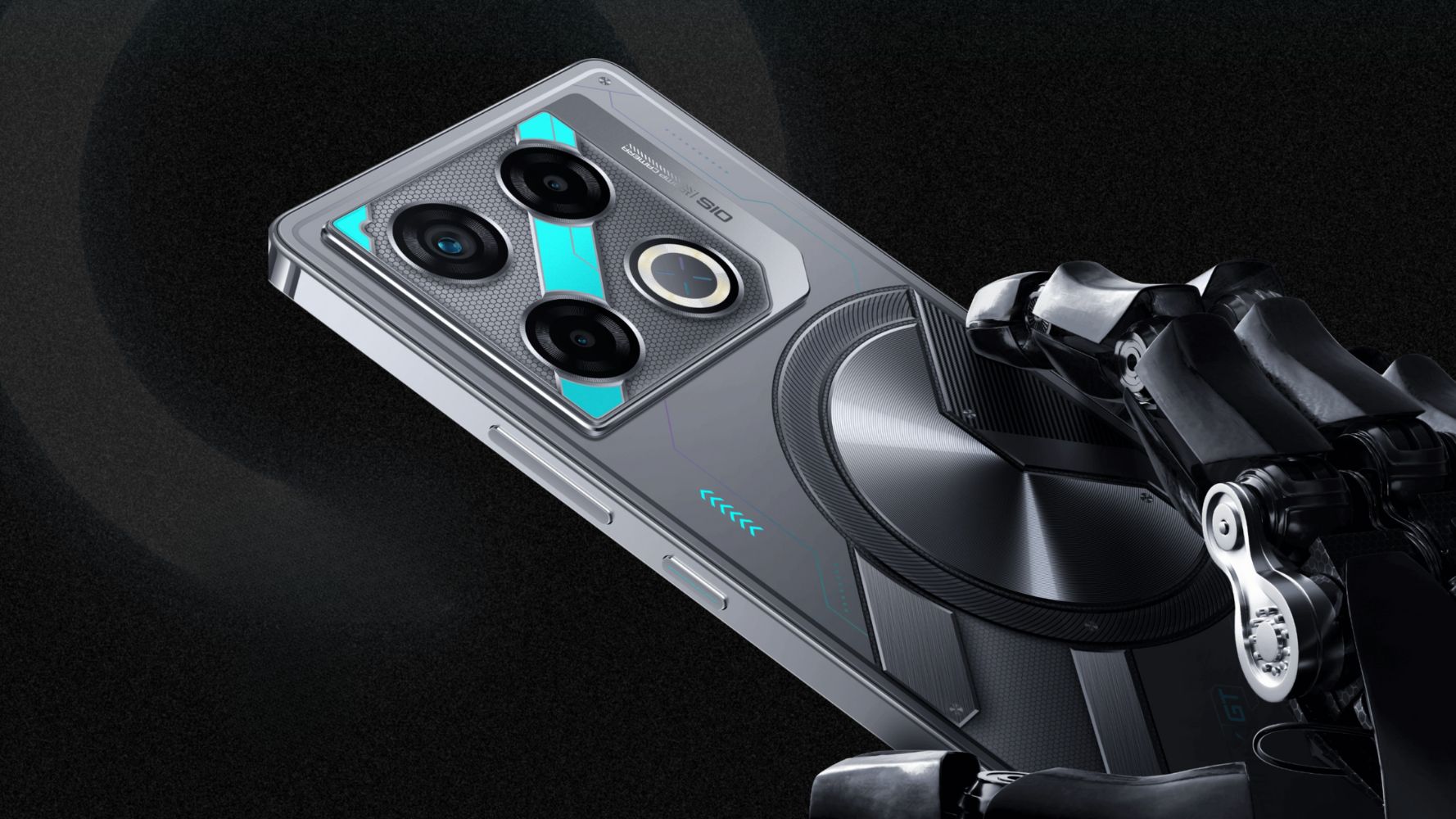Which phone is better on paper?
Former OPPO sub-brand and new bang-for-the-buck upstart Realme has been making waves in the country the past few months, and they’re looking to shake the market up further with their new offering, the Realme 3. But the company is in for a tough fight in the budget market, thanks to competitors like Huawei and their Y7 Pro. Today we’ll be taking a look at both budget phones that are expected to play at roughly the same price range.
Realme 3 Specs
- MediaTek Helio P60 octa-core processor
- 3GB/4GB RAM
- 6.2-inch HD+ LTPS IPS Dewdrop display, Gorilla Glass 3 protection
- 32GB/64GB of expandable storage
- 13-megapixel f/1.8 and 2-megapixel rear cameras with LED flash, PDAF, Chroma Boost, and Nightscape
- 13-megapixel f/2.0 front camera
- Dual SIM
- 3G, LTE
- WiFi, Bluetooth, GPS, A-GPS, fingerprint scanner, AI Facial Unlock
- 4230mAh battery
- Android 9 Pie with ColorOS 6
Huawei Y7 Pro 2019 specs
- Qualcomm Snapdragon 450
- 3GB of RAM
- 6.26-inch HD+ display with dewdrop notch
- 32GB of expandable storage
- 13-megapixel rear camera with f/1.8 aperture, 2-megapixel depth camera
- 16-megapixel front camera
- Dual SIM
- 3G, LTE
- WiFi, Bluetooth, GPS, A-GPS
- Android Oreo 8.1, EMUI 8.2
- 4000mAh battery
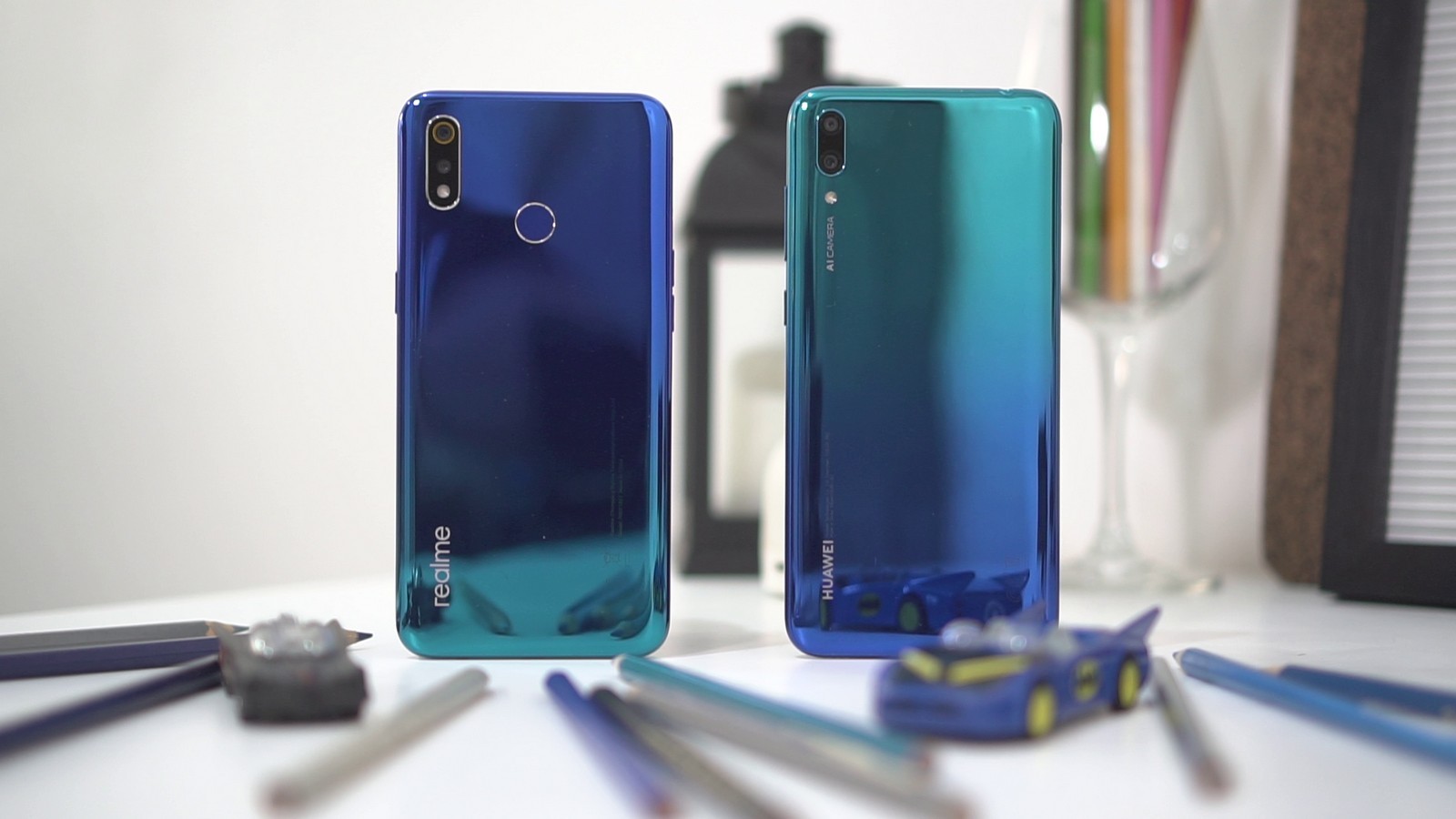
Build and Design
As is typical for budget phones in their price range, both the Realme 3 and Y7 Pro primarily use plastic for their construction.
Both phones try to add a bit of pizzaz to their design by utilizing colorways that stand out. For Huawei, it’s Aurora Blue, while for Realme it’s Radiant Blue.
Both phones look dazzling in the light, though they’ll probably have to stay in their silicone cases most of the time. Plastic is easily scratched (as we’ve seen on other phones) so it’s not really advisable to use either phone without protection.
Aside from that, both phones feel solidly built. Huawei has a lot of practice making budget phones feel solid, and Realme, while technically still being a young company, already seems to have the art of making solidly built phones down pat.
Both phones have two cameras on the back, vertically stacked and tucked on the upper left corner. Conspicuously missing from the Y7 Pro is the rear fingerprint scanner which the Realme 3 comes with, forcing you to go with face unlock (or the good ol’ fashioned PIN method) of securing your phone if you go with Huawei’s phone.
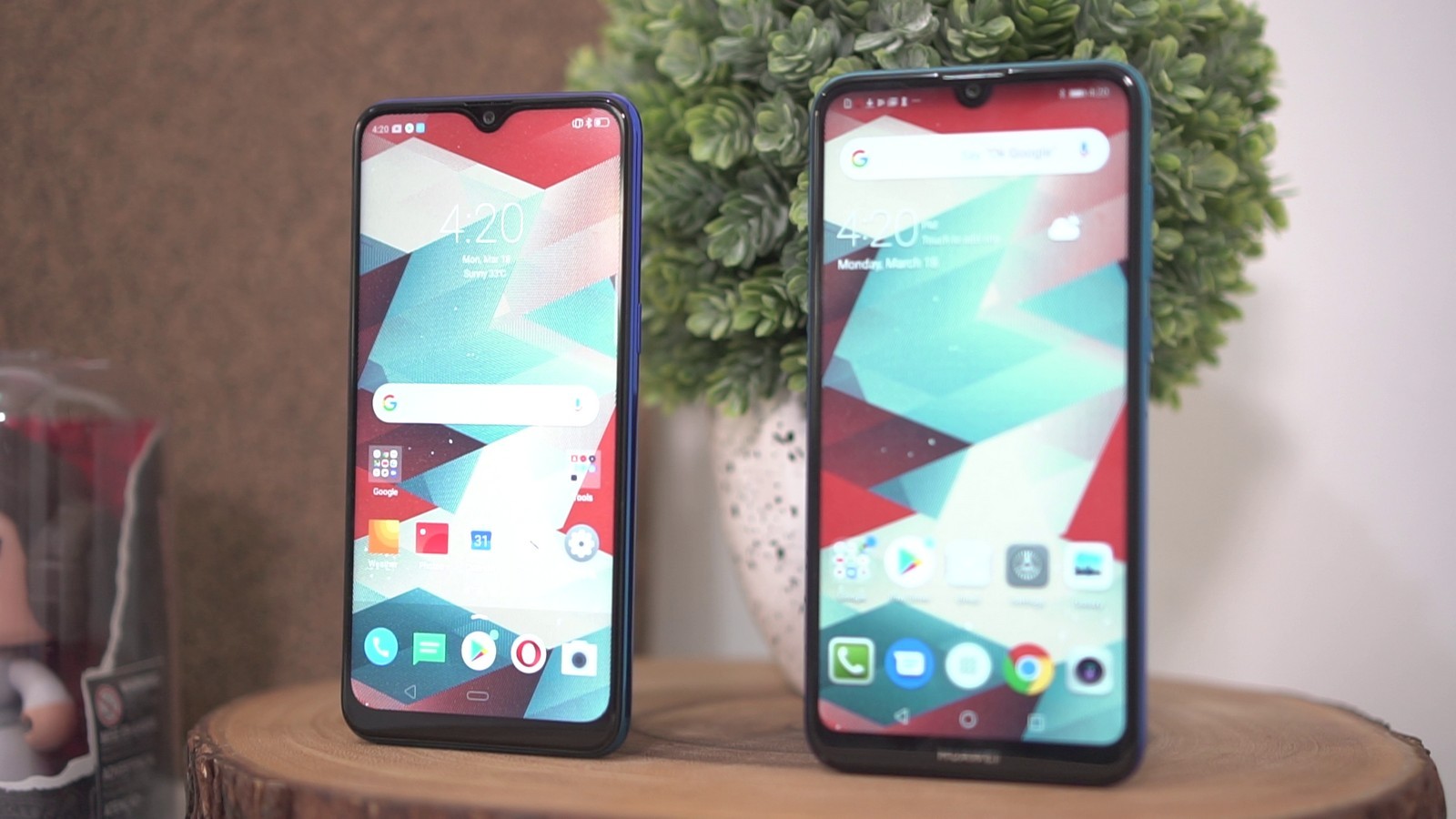
Display
Both brands equipped their phones with very similar screens: the Realme 3 rocks a 6.22-inch HD+ LTPS display with Gorilla Glass 3, while the Y7 Pro has a 6.26-inch HD+ IPS panel.
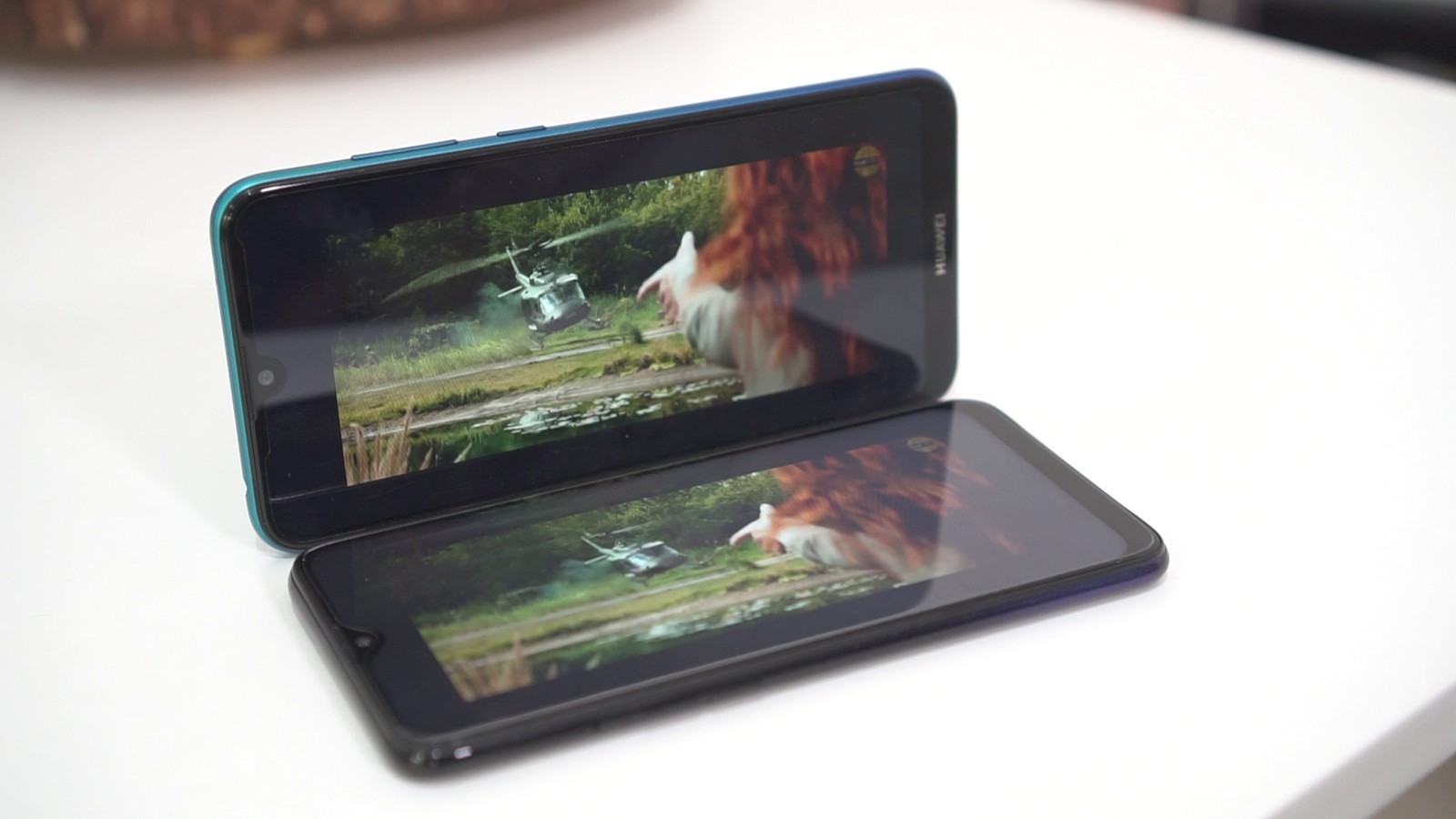
Realme advertises their phone as to having Gorilla Glass 3 protection, while Huawei doesn’t have any kind of protection (aside from the pre-applied plastic screen protector) on any of their marketing materials pertaining to the Y7 Pro 2019.
Both phones have really small dewdrop notches on the top of the display that houses their selfie cameras.
Hardware
Realme is offering the Realme 3 in two main configurations globally: it comes with MediaTek’s Helio P70 octa-core processor in India, while the rest of the world (including the Philippines) gets the Helio P60 chipset.
Huawei meanwhile equipped the Y7 Pro 2019 with Qualcomm’s Snapdragon 450 chipset.
The Realme 3 comes in two configurations: either 3GB/4GB RAM and 32GB/64GB of expandable storage. The Y7 Pro meanwhile, only comes in 3GB/32GB.
In terms of raw performance, the Helio P60 easily eclipses the Snapdragon 450 chipset. It’s a proven performer, built on the 12nm FinFET production process, as opposed to the 14nm process of the Snapdragon 450.
The P60 is an octa-core processor, utilizing four ARM Cortex A53 and four A73 cores. While the Snapdragon 450 is also an octa-core processor, it only uses eight Cortex A53 cores.
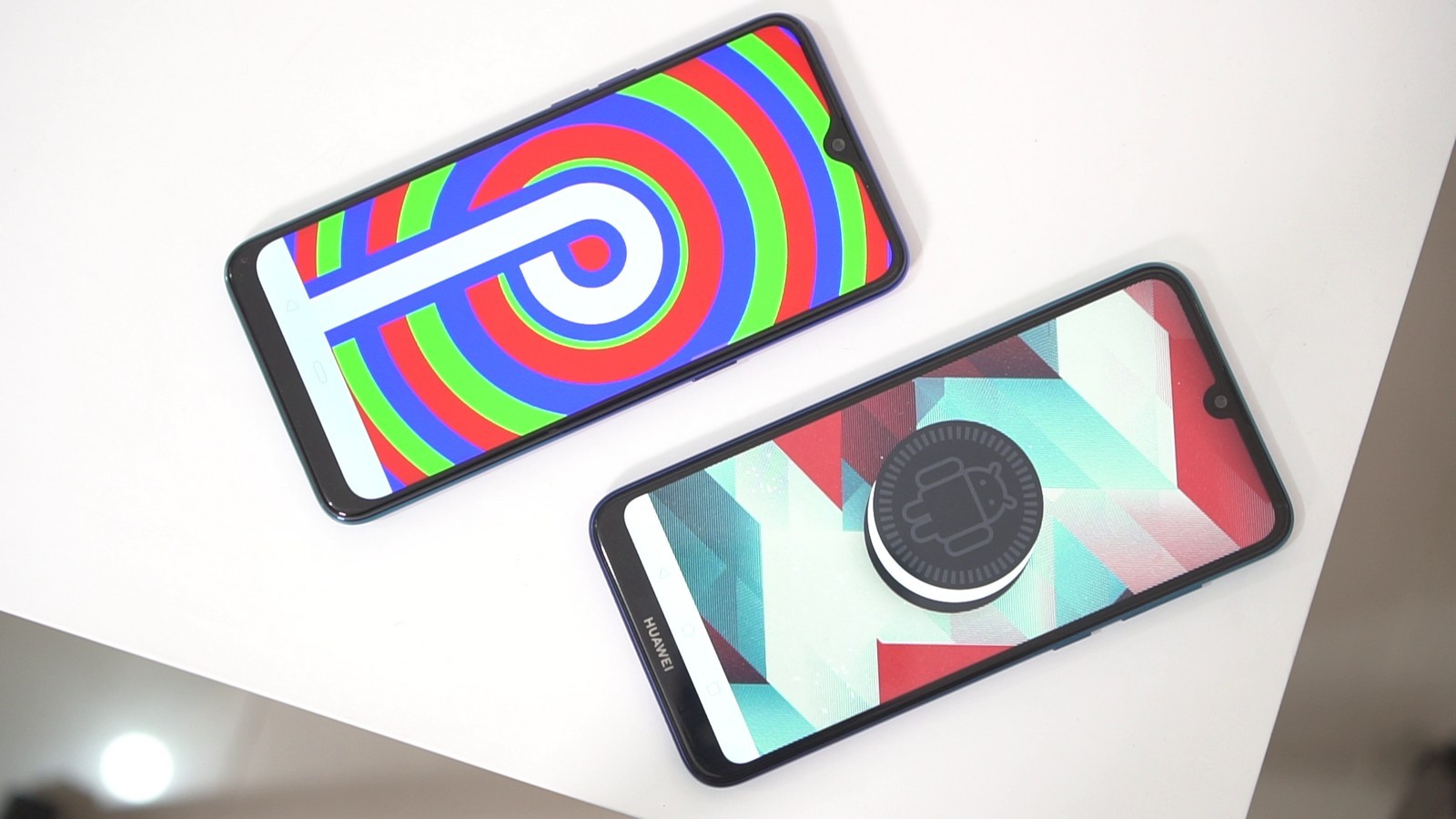
Software and UI
Moving onto software, the Realme 3 is equipped with the latest version of Android, Android 9.0 Pie, and Color OS 6 UI.
The Huawei Y7 Pro lags behind a little bit in comparison, simply because it still uses Android 8.1 Oreo from last year, and EMUI 8.2.
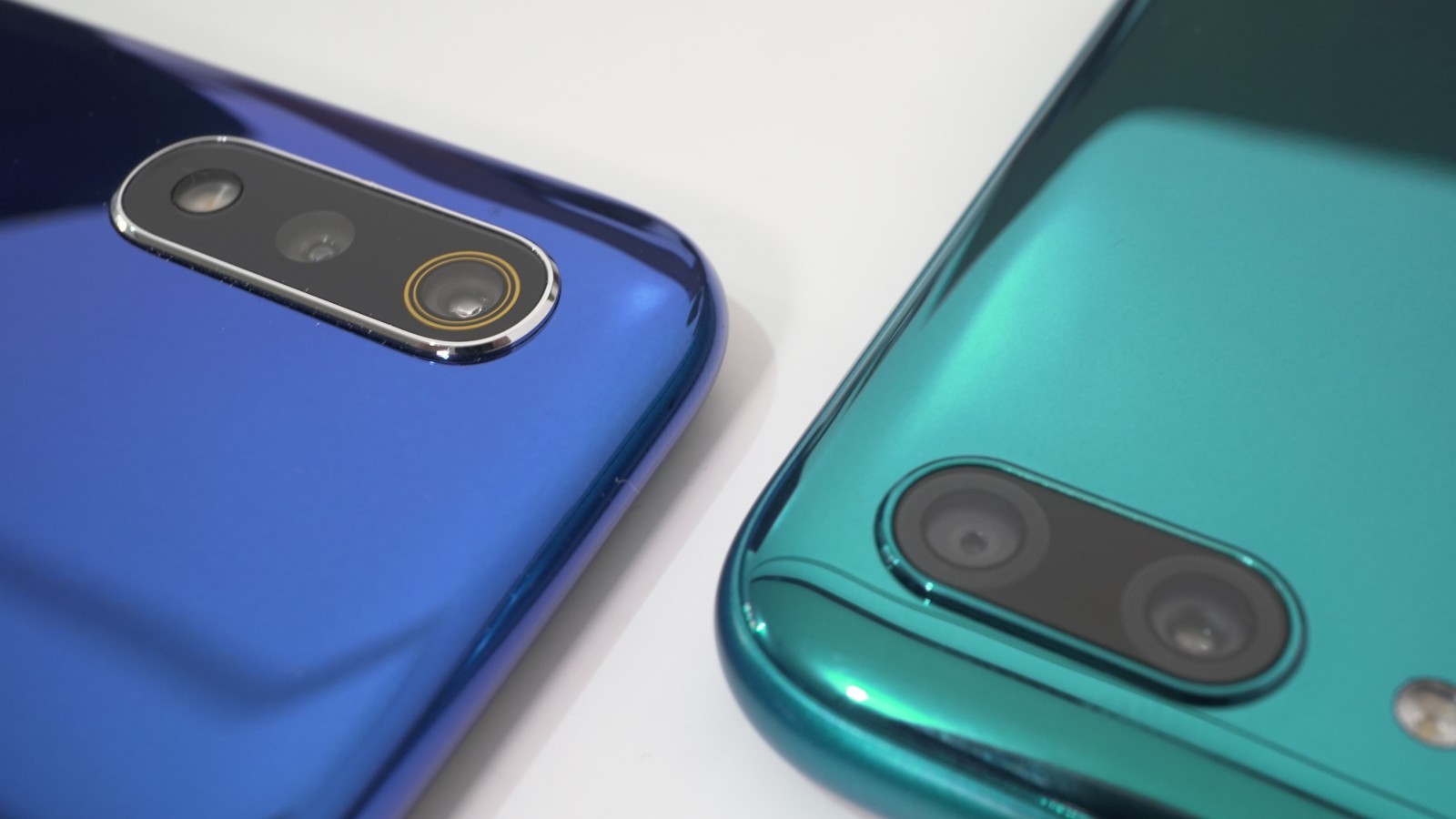
Cameras
Both phones have identical camera setups on the rear, down to the aperture of the lens: 13-megapixel primary shooter with an f/1.8 aperture lens and a 2-megapixel secondary camera for depth information.
The Y7 Pro 2019 has a higher resolution front camera compared to the Realme 3 though, at least on paper, since it rocks a 16-megapixel front shooter compared to the 13-megapixel front camera of the Realme 3.
Realme is proud of the fact that their phone has low-light and chroma boost shooting modes, allowing it to take good-looking photos in low-light. Low-light performance is something that most budget devices struggle with, and from our experience the Realme 3 really delivers.
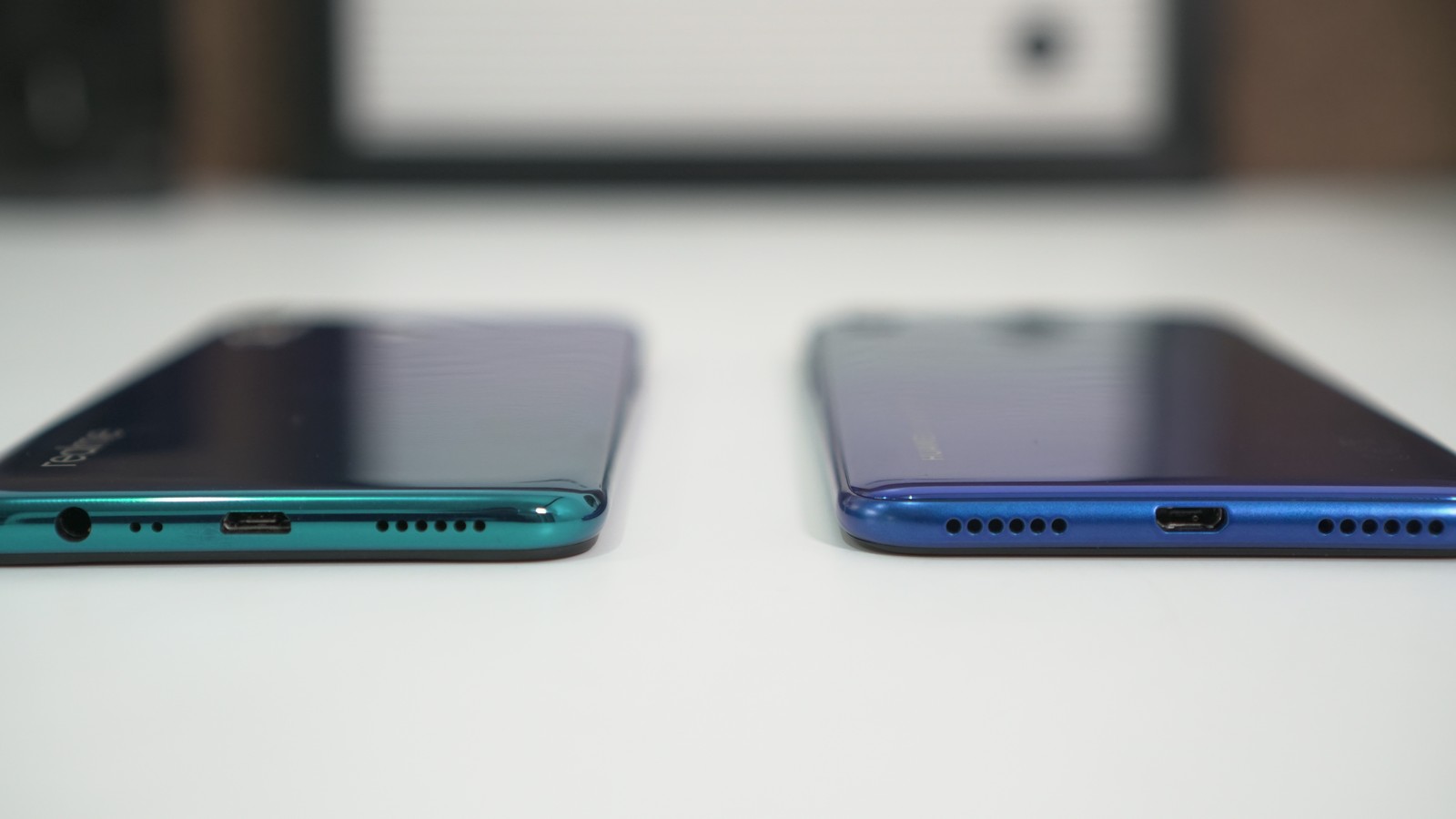
Battery
Both phones have exceptionally large batteries inside of their plastic bodies, which should last you a heck of a long time depending on how you use them.
The Realme 3 has a 4230mAh battery inside of it, while Huawei’s Y7 Pro 2019 has a 4000mAh battery.
Aside from having a 230mAh edge over the Y7 Pro, the Realme 3 also has MediaTek’s Helio P60 chipset that gets slightly lower power consumption thanks to processor’s AI battery management. MediaTek claims that their AI battery management allows a phone to squeeze up to 10% more battery compared to a phone without their AI smarts.
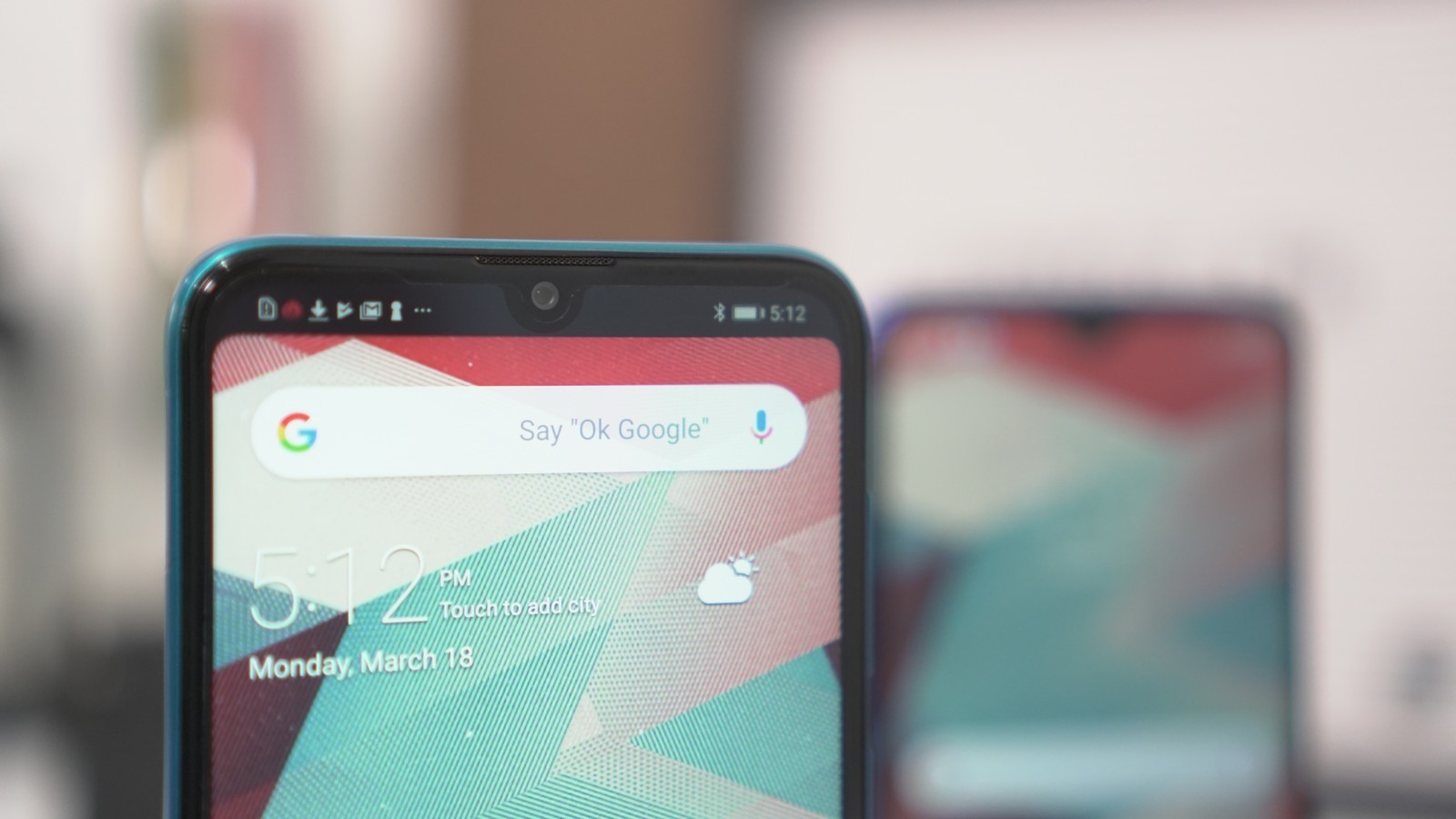
Price
The biggest difference in both phones is the price: Realme is offering the 3GB/32GB variant of the Realme 3 for just Php 6,990, with the 3GB/64GB and 4GB/64GB variant of the phone coming in at Php 7,990 and Php 9,990 respectively.
That’s a phenomenal value compared to the Huawei Y7 Pro’s Php 9,990 price tag for the 3GB/32GB variant. Realme is really looking to establish itself as the bang-for-the-buck king in the budget, sub Php 10K segment.


